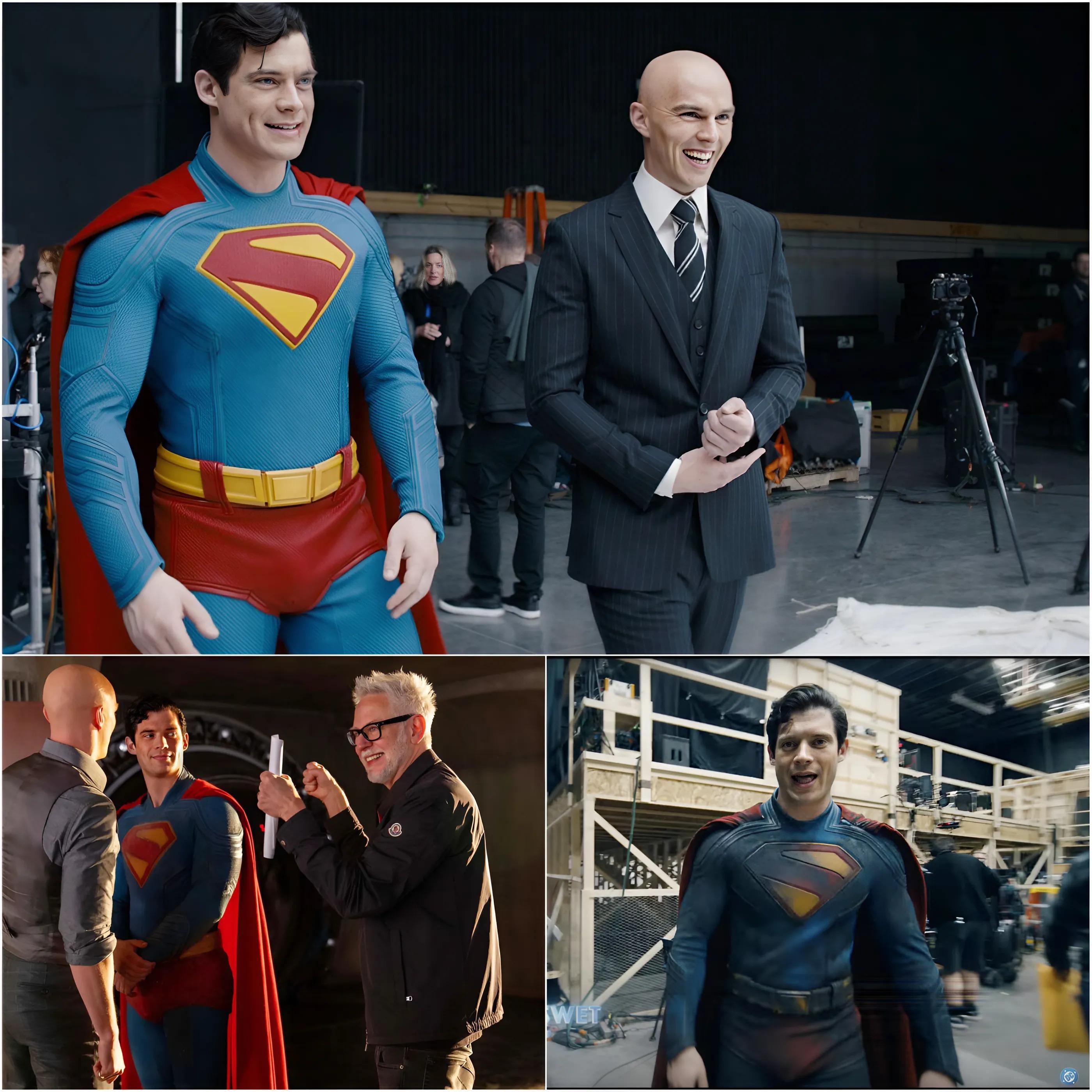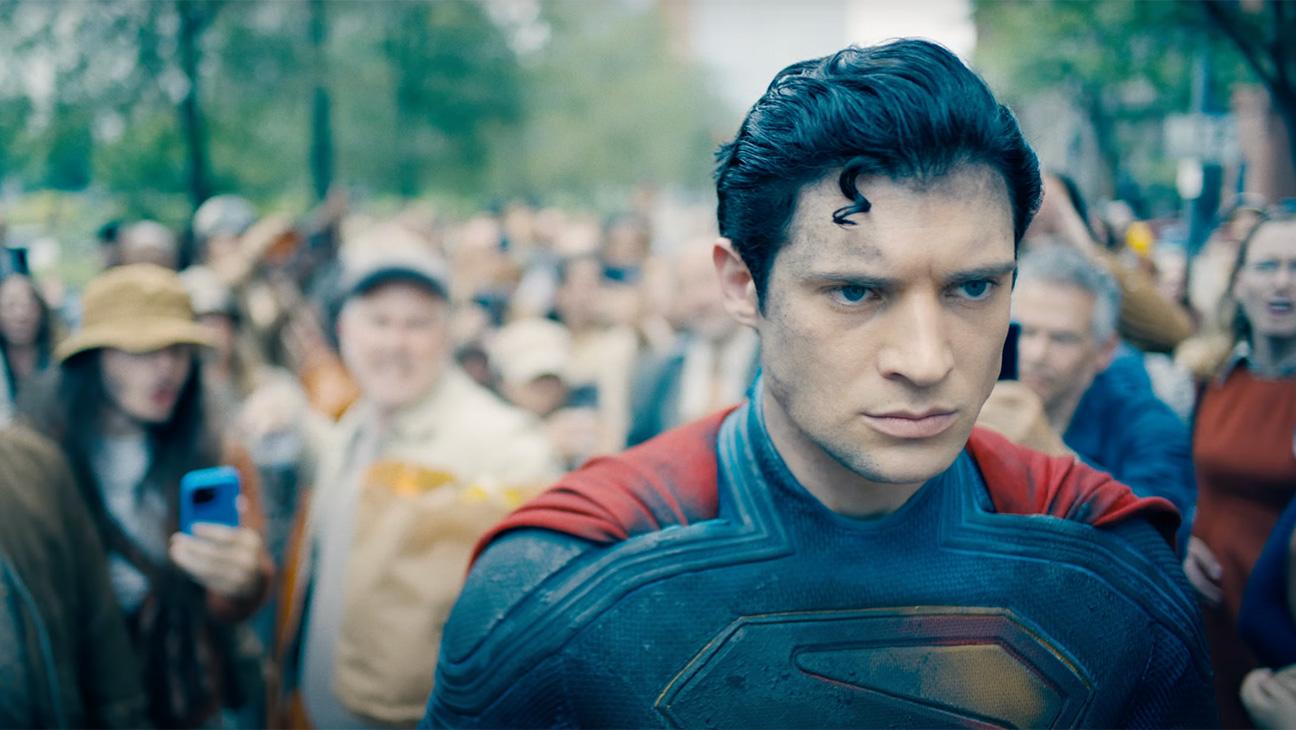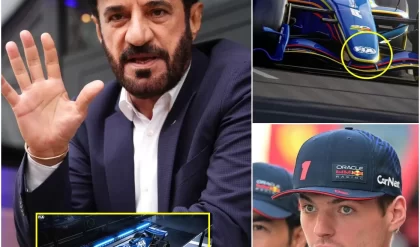In a surprising turn of events, recent reports indicate that James Gunn’s highly anticipated Superman film, set to kick off the revamped DC Universe (DCU), has undergone a significant structural overhaul. Initially crafted with an episodic format that unfolded over a series of days in the life of the Man of Steel, the movie has now been restructured into a conventional linear narrative following feedback from test screenings. This shift marks a pivotal change for the film, which is poised to be a cornerstone of DC Studios’ rebooted cinematic universe, and reflects the delicate balance between creative ambition and audience expectations.

The original vision for Superman, as revealed through industry sources, was an innovative storytelling approach that segmented the narrative into distinct acts labeled by days—Day 1, Day 2, Day 3, and so forth. Each day was designed to showcase Superman, portrayed by David Corenswet, tackling new challenges, from personal struggles to epic confrontations. This episodic structure, reminiscent of a serialized comic book arc or even Gunn’s own The Suicide Squad (2021), aimed to capture the rhythm of Clark Kent’s dual life as a journalist and superhero. The format promised a fresh take, emphasizing the passage of time and the cumulative weight of Superman’s actions over a week. According to posts found on X and reports from outlets like World of Reel, this approach was intended to give the film a unique texture, setting it apart from traditional superhero blockbusters.

However, the episodic framework appears to have been a point of contention during test screenings. Audience feedback, while not publicly detailed, reportedly highlighted concerns about the structure’s clarity and flow. Some speculated that the day-by-day segmentation might have disrupted the narrative momentum, making the film feel more like a series of vignettes than a cohesive cinematic experience. In response, Gunn and DC Studios made the bold decision to rework the film into a continuous, linear narrative. This change aligns with a broader trend in superhero cinema, where streamlined storytelling often resonates more with general audiences. The move suggests a cautious approach from DC Studios, which is under pressure to deliver a hit with a reported $225 million budget and the weight of rebooting a franchise that has struggled to maintain consistency in recent years.

The decision to abandon the episodic format is not without precedent in the superhero genre. Test screenings have long been a critical tool for studios to gauge audience reactions and refine films before release. In this case, the shift to a linear narrative could enhance the film’s accessibility, ensuring that viewers remain engaged with Superman’s journey without the potential distraction of title cards or segmented pacing. The final edit reportedly focuses on a singular, flowing storyline that emphasizes Superman’s core values—compassion, heroism, and an unwavering belief in humanity—while still incorporating the diverse cast of characters, including Rachel Brosnahan as Lois Lane, Nicholas Hoult as Lex Luthor, and Nathan Fillion as Guy Gardner.

This structural change also reflects the high stakes for Superman, set to release on July 11, 2025. As the first theatrical entry in the DCU’s Chapter One: Gods and Monsters, the film is a make-or-break moment for Warner Bros. Discovery, which is banking on Gunn’s vision to revitalize the franchise. Industry insiders note that the studio is optimistic about the revised cut, with some suggesting that the linear narrative has strengthened the film’s emotional and dramatic impact. While comparisons to Zack Snyder’s darker, more divisive Superman films are inevitable, Gunn’s version appears to lean into a brighter, more optimistic tone, drawing inspiration from the character’s comic book roots and even citing Godzilla Minus One as a touchstone for its human-centered storytelling.
The pivot to a conventional narrative may disappoint some fans who were intrigued by the episodic concept, as it hinted at a bold departure from formulaic superhero films. Yet, the decision underscores Gunn’s willingness to adapt based on audience feedback, a hallmark of his directorial approach. With a runtime confirmed at two hours and nine minutes, including credits, the film promises a tight, focused experience that balances action, humor, and heart. As anticipation builds for Superman, the move to a linear narrative could prove to be a strategic win, ensuring that the Man of Steel’s return to the big screen resonates with both longtime fans and new audiences alike.




